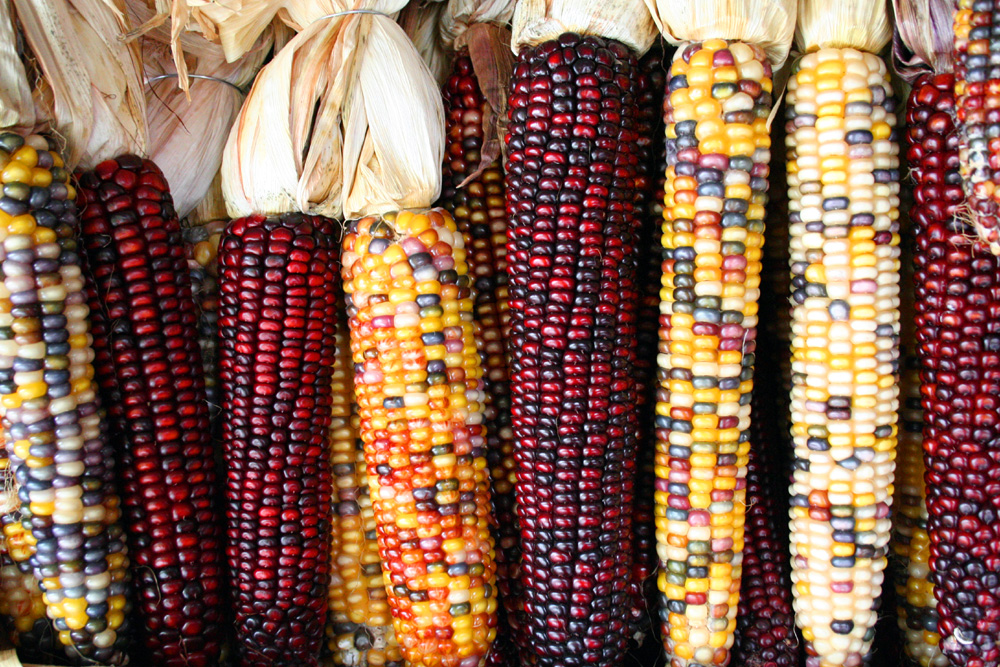Kindergarten:
Kindergarten has been learning about flowers, fungi, ferns and grasses. We observed and drew ferns, mushrooms and flowers, and asked ourselves if grasses had flowers too. Much to everyone’s surprise the answer was “yes, but they are very tiny!” Some kindergarteners were even inspired to create flower themed bird houses, like this “hummer house,” after school.
Kindergarten has been learning about flowers, fungi, ferns and grasses. We observed and drew ferns, mushrooms and flowers, and asked ourselves if grasses had flowers too. Much to everyone’s surprise the answer was “yes, but they are very tiny!” Some kindergarteners were even inspired to create flower themed bird houses, like this “hummer house,” after school.
Next we asked
whether grocery store beans would germinate as well as other seeds. The class
was divided in their predictions, so we set up germination experiments to test
our ideas. Ask your kindergartener what happened!
1st Grade:
First graders have
been deepening their knowledge of plants in general, and rainforest plants in
particular. We identified what parts of different plants we eat, such as roots
(carrots), leaves (lettuce), stems (celery) and flowers (broccoli). We
investigated rainforest flavors and foods that are commonly found in our homes
and markets such as chocolate, vanilla, cinnamon, mango, eggs and coconut. We
learned that bromeliads, a diverse group of tropical plants that includes pineapples, capture water in the base of their leaves and that many
animals live within these tiny aquatic habitats.
2nd Grade:
First graders recently
got up close and eye-to-eye with snails to learn more about their anatomy,
locomotion and feeding behaviors. They
have also been busy applying all they know about animals to create imaginary
creatures that combine the traits and life cycles of different animals. This
has been an exciting way for the students to review, refine and share their
knowledge of animal characteristics.
Third grade
concluded their study of fungi and decomposition with a simple, but yucky,
digestion experiment that simulated the way in which fungi digest their food.
We have moved on to making mummies, an ongoing project that will take us
through the end of May. The students started by learning a little fish anatomy,
especially about the poky bits, and dissecting their fish to remove the
ceremonially important liver, intestines, gills and stomach, which are placed in
ritual canopic jars. Although the ancient Egyptians traditionally removed the
brains of the dead, we opted to leave them in place due to the difficulty of
finding and extracting the tiny brain of a perch. Each week we weigh the fish and
make observations and sketches, to record the changes during the mummification
process.
4th Grade:
Fourth graders have
begun a team project where they apply their understanding of the interconnected
parts of an ecosystem including food, energy and habitat, towards creating a
floating city of the future. Student
teams are in the planning stages and will soon begin construction of their model
floating cities. I can’t wait to see what they build!
5th Grade:
Fifth graders have
made great strides in their engineering acuity as demonstrated by how well many of
their platform bridges were designed! With limited supplies of paper, tape and
straws, student teams built sturdy, stable bridges able to hold a cup of
washers (it’s true, some held more than others). They are currently in the
building phase with mint-mobile cars, which will be tested for their ability to
roll down an inclined ramp. Check out these links to find out more about Building Facts, Engineering Careers, and DIY Projects.
Garden Activities for May, by Liza Malm
K is
hopefully taking home some plants that they have grown from seeds.
1st grade have been
transplanting Inca rainbow corn into the garden.
2nd grade have
transplanted squash gourds grown from seeds saved from last years crop.
3rd grade is wrapping
up the "Botany on Your Plate" curriculum with a seed feast. We made tortillas
from the rainbow corn and beans we grew and dried.
4th grade is painting
the compass outside their classroom.
5th grade is in
process of painting the shed with new images from the "Botany on Your Plate"
curriculum.
Science Events
Maker Faire is the
Greatest Show (and Tell) on Earth—a family-friendly festival of invention,
creativity and resourcefulness, and a celebration of the Maker movement.
Visit the
rainforest and return home in time for dinner! It’s well worth a trek across
the Bay to see this wonderful exhibit housing over 1,600 living rainforest
plants animals.
Are You Ready for
Science Fiction to Become a Reality? This exhibit
showcases how science and technology are advancing all the time, and changing
the way we live.
Each spring, Sienna
Ranch opens its doors for special family and community open house days. Come
enjoy our lovable animals, fun activities, good company, and wholesome
environment. Bring your own picnic lunch or pre-order a healthy lunch to eat on
the day.







No comments:
Post a Comment